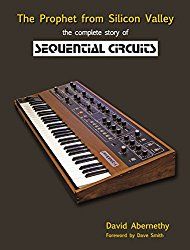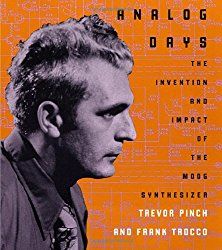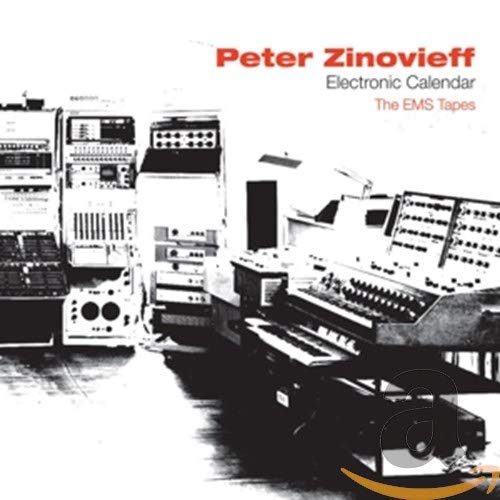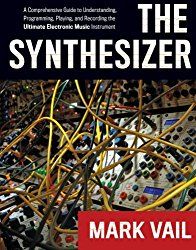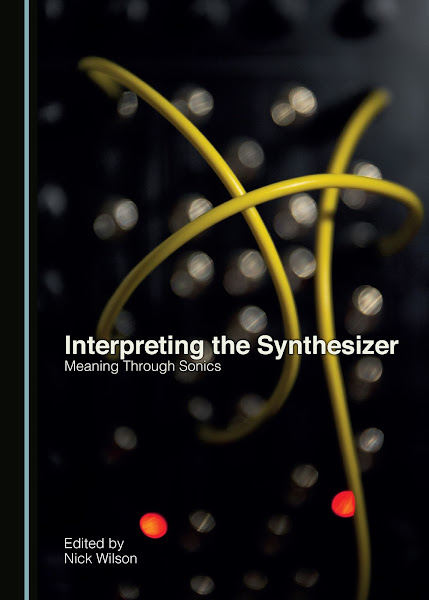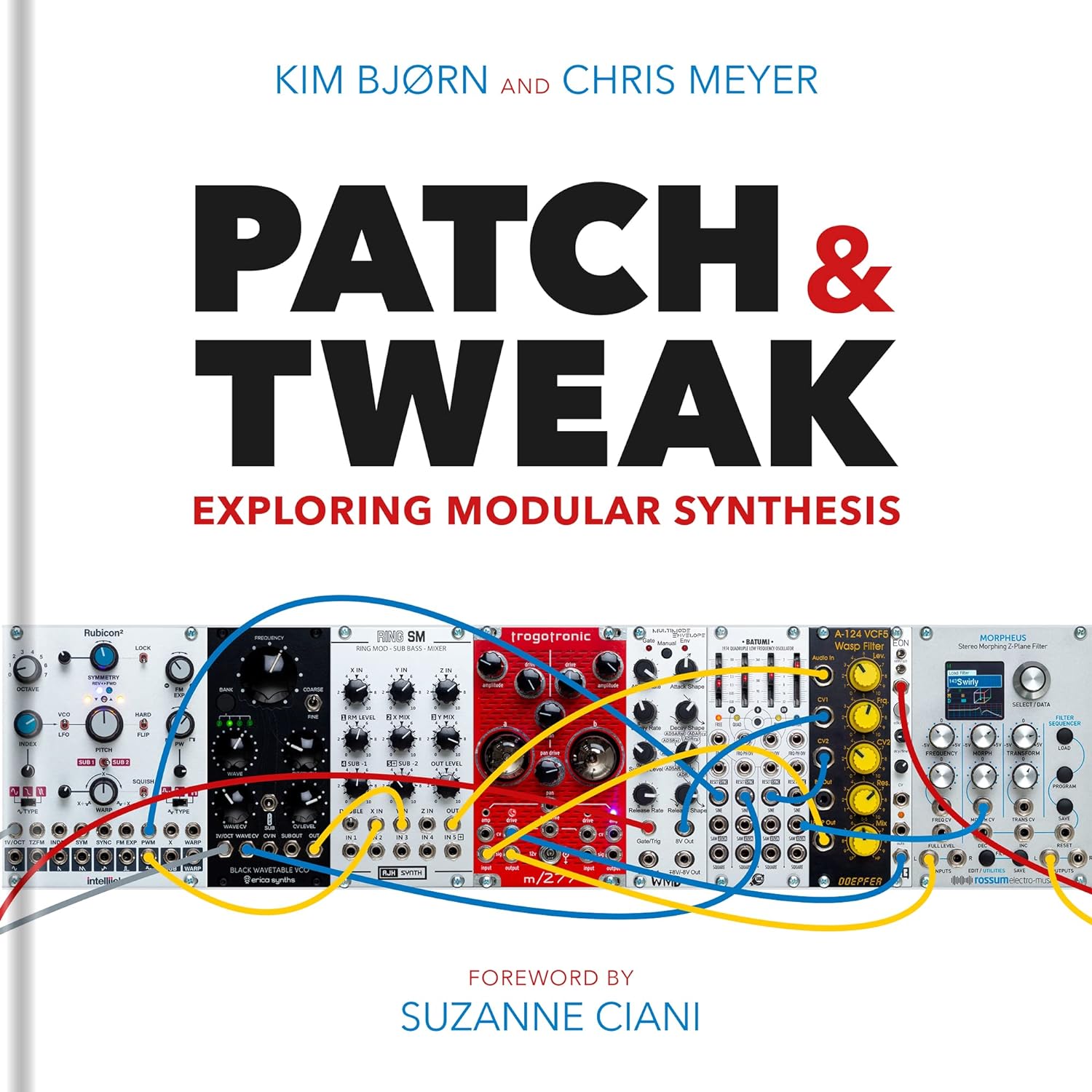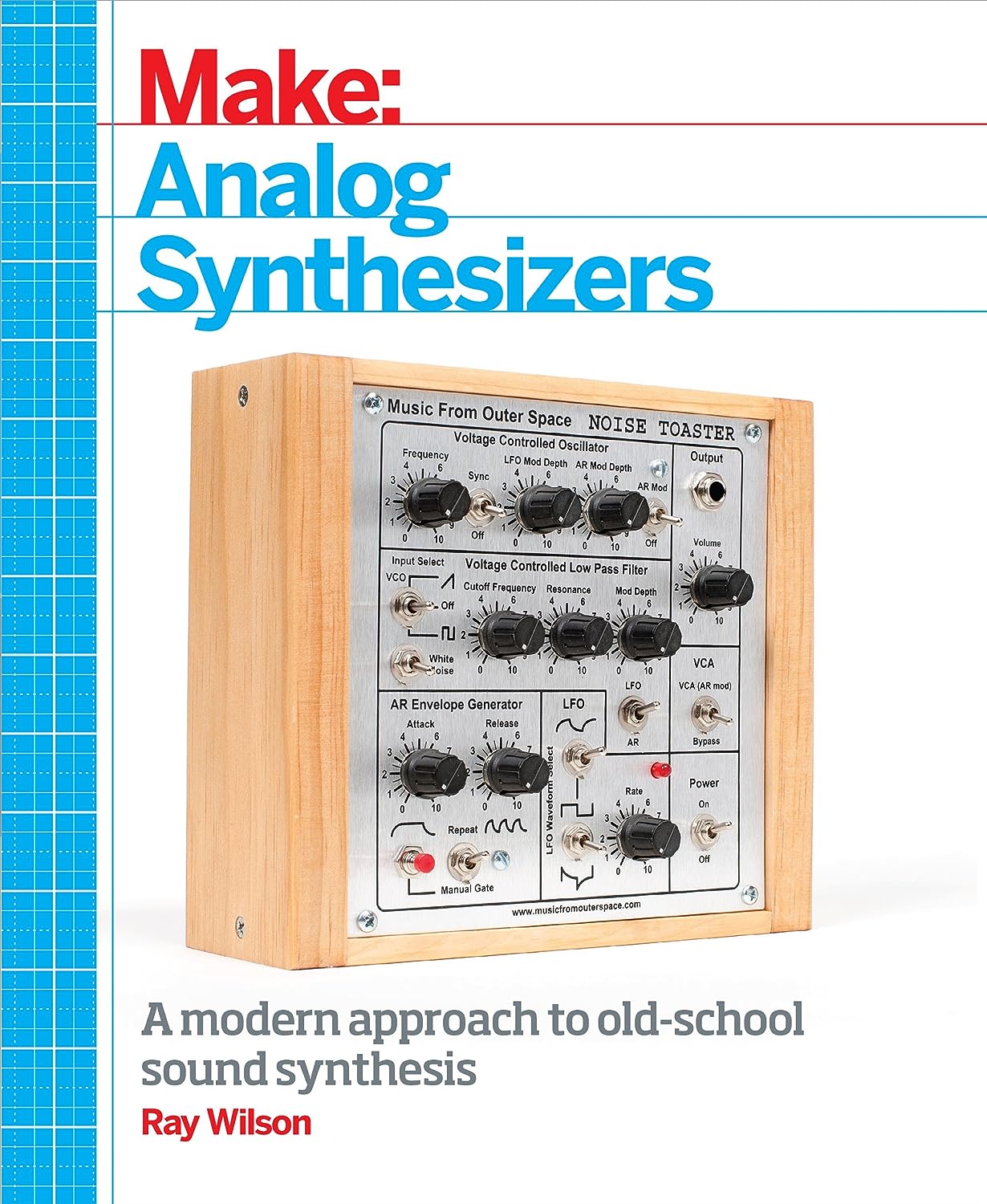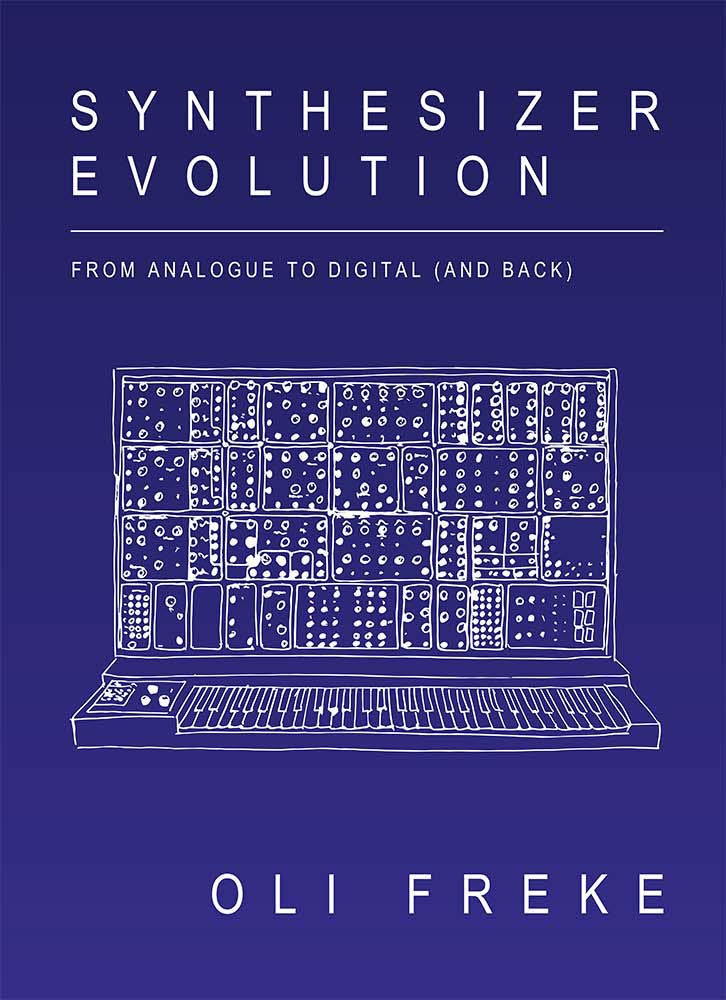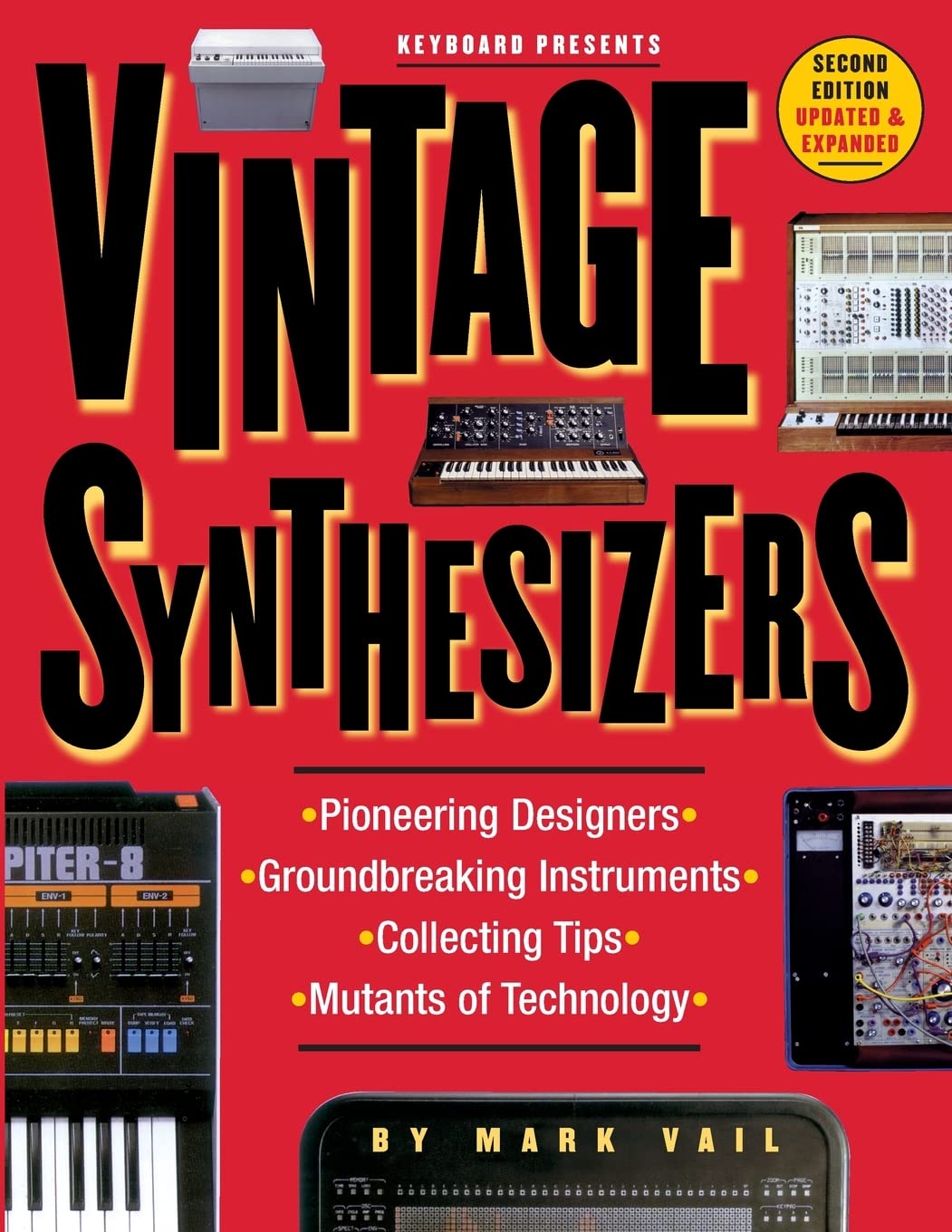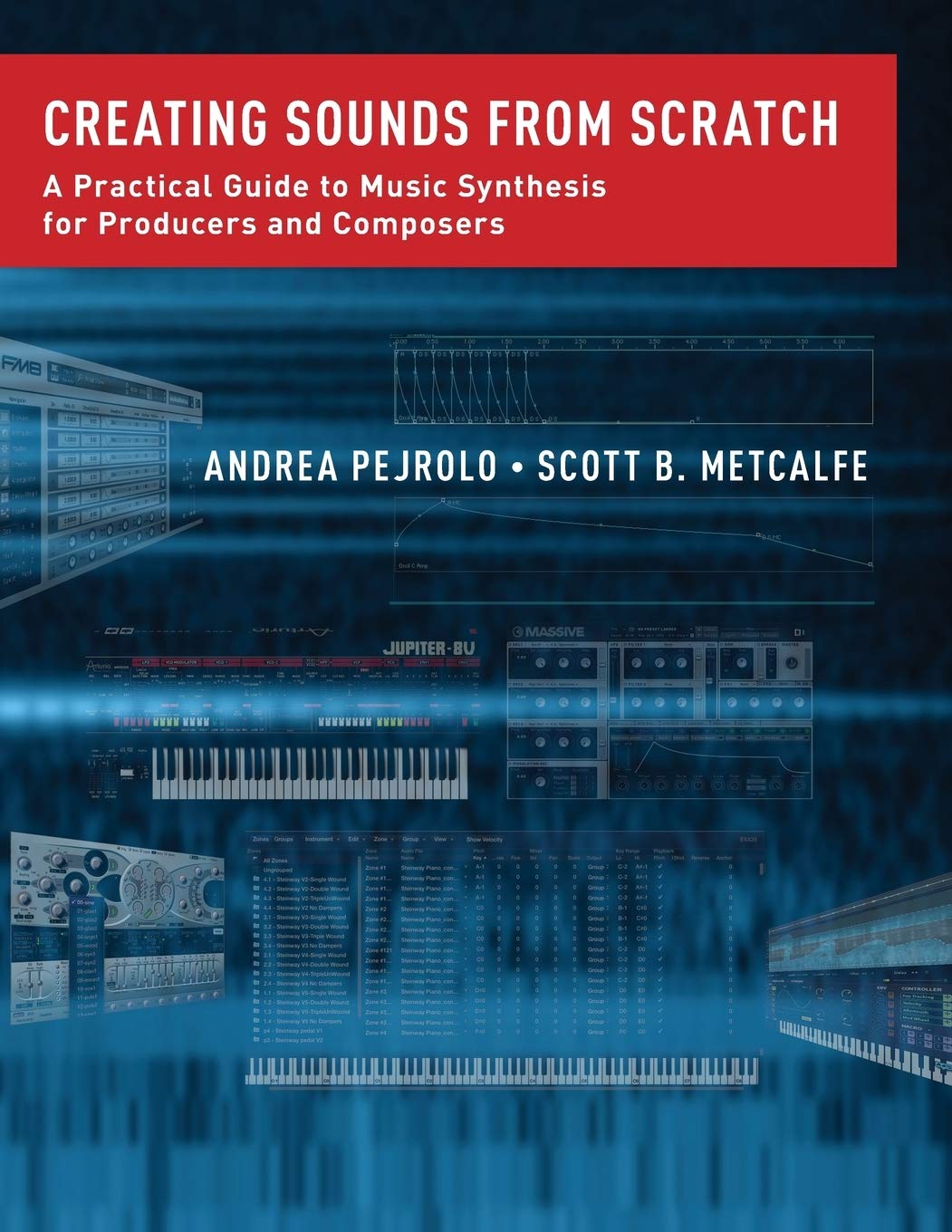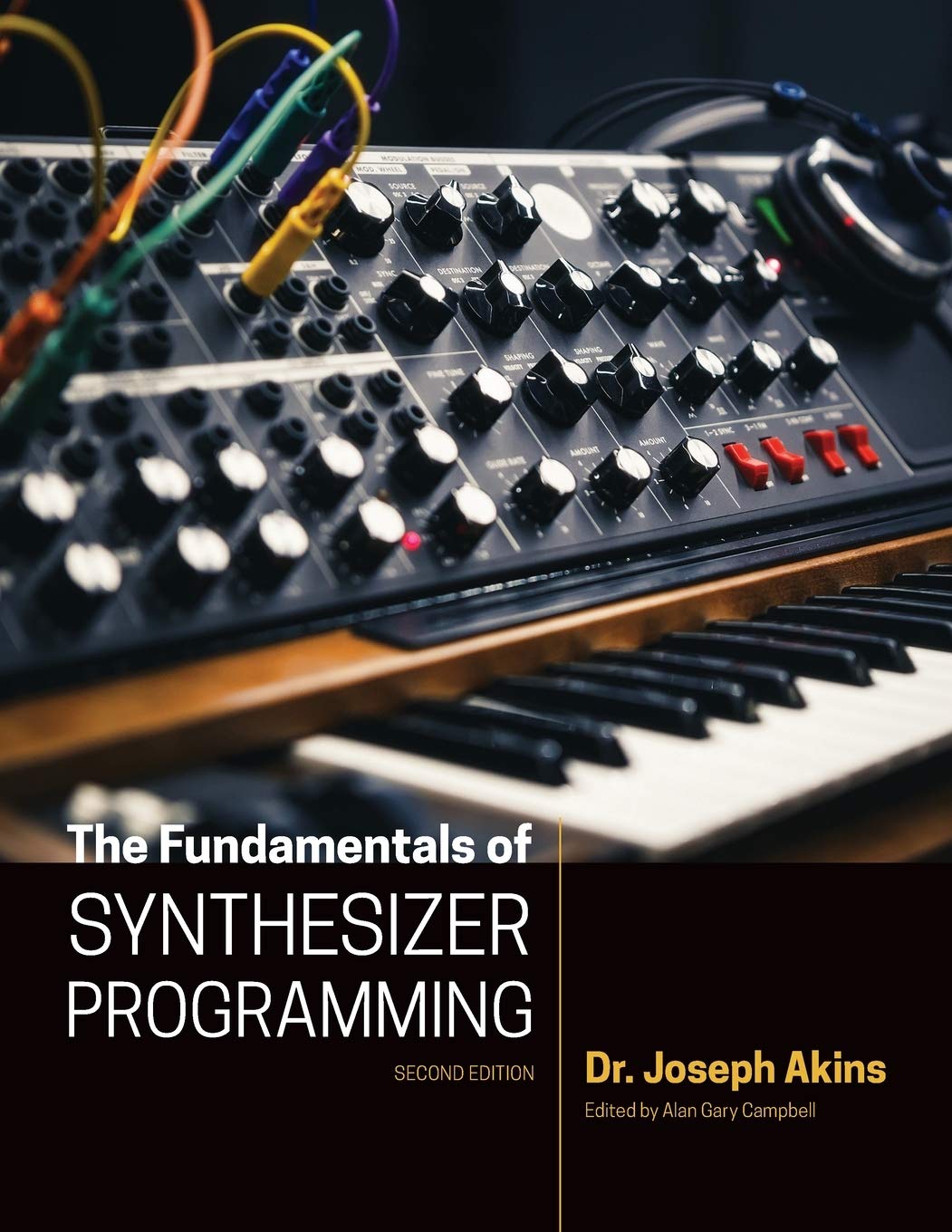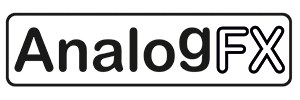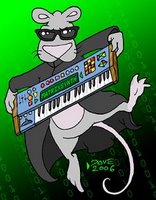Published on Jun 12, 2019 Learning Modular
"On its surface, the Serge Dual Universal Slope Generator (DUSG) is just a pair of slew generators, with separate rise and fall times. In reality, it can be configured and cross-patched to perform a number of different functions, including envelope generator (from AD to multi-stage), LFO, VCO, subharmonic divider, waveshaper (including filter-like responses), and even an envelope follower. Each of the movies in this playlist demonstrate one of those functions.
In this set of movies, I’ll be using the Serge-authorized Random*Source Eurorack version that includes many popular modifications and upgrades to the original Serge module; some of these techniques can also be used with other slope and function generator modules like Maths, Rampage, Falistri, and more.
These movies are part of the extended version of the Learning Modular online Eurorack Expansion course: https://learningmodular.com/register/...
For even more information about modules like these (including optional access to my courses) as well as many other modular-related topics, please consider joining my Learning Modular Patreon channel: https://www.patreon.com/LearningModular"
Playlist:
1. Random*Source Serge DUSG 1/7: Overview & Slew (LMS EE)
This first movie gives an overview of the DUSG, including default settings so you don’t get lost before you get started. Then I’ll demonstrate using it as a slew generator, including how to create different response curves by using its built in control voltage feedback.2. Random*Source Serge DUSG 2/7: Envelope Generator (LMS EE)
00:00 introduction
00:55 initial settings
01:30 setting up the patch
03:05 slewing a sample & hold
04:09 changing the shape
The Serge Dual Universal Slope Generator (DUSG) and some of its derivatives can be patched and configured to perform as a pair of attack/decay or attack/release generators. The two sides can also be cross-patched to create more complex envelope shapes, such as ADASR:3. Random*Source Serge DUSG 3/7: LFOs (LMS EE)
00:00 initial setup
00:54 attack/decay envelope
01:56 voltage control of Rise and Fall times
03:25 envelope shapes
07:13 attack/sustain/release envelope
07:51 end of cycle output
08:31 patching serial complex envelopes
11:31 parallel complex envelopes
The Serge Dual Universal Slope Generator (DUSG) and some of its derivatives can be configured to function as an LFO with variable wave shape. You can also cross-patch both sides to create more complex shapes:4. Random*Source Serge DUSG 4/7: VCOs (LMS EE)
00:00 initial setup
00:23 patching the LFO function
01:10 bipolar (BP) output on the R*S DUSG
02:14 Cycle switch on the R*S DUSG
02:34 wave shapes
03:13 patching complex LFO shapes
The Serge Dual Universal Slope Generator (DUSG) and some of its derivatives can be configured to function as a VCO with pulse and variable wave shape outputs:5. Random*Source Serge DUSG 5/7: Subharmonic Generator (LMS EE)
00:00 initial setup
00:42 pulse wave oscillator on the R*S DUSG
03:07 variable waveshape oscillator
The Serge Dual Universal Slope Generator (DUSG) and some of its derivatives can be patched to create subharmonics – including suboctaves – from another oscillator’s square wave. These can track the keyboard, with the harmonic division depending on the Rise and Fall times as well as the frequency of the guide oscillator:6. Random*Source Serge DUSG 6/7: Waveshaper (LMS EE)
00:00 initial setup
00:41 square wave subharmonic generator
01:28 variable waveshape subharmonics
The Serge Dual Universal Slope Generator (DUSG) and some of its derivatives can be patched to act as a variable waveshaper for another oscillator. The new shape can track the keyboard, can vary depending on the note you are playing, or can be enveloped to create filter-like effects:7. Random*Source Serge DUSG 7/7: Envelope Follower (LMS EE)
00:00 initial setup
00:21 tracking waveshaper
02:43 note-dependent waveshaping
03:25 enveloped waveshaper
The Serge Dual Universal Slope Generator (DUSG) and some of its derivatives can be patched to act as a rough envelope follower:
00:00 initial setup
00:45 basic envelope following
02:24 refining the resulting envelope



















